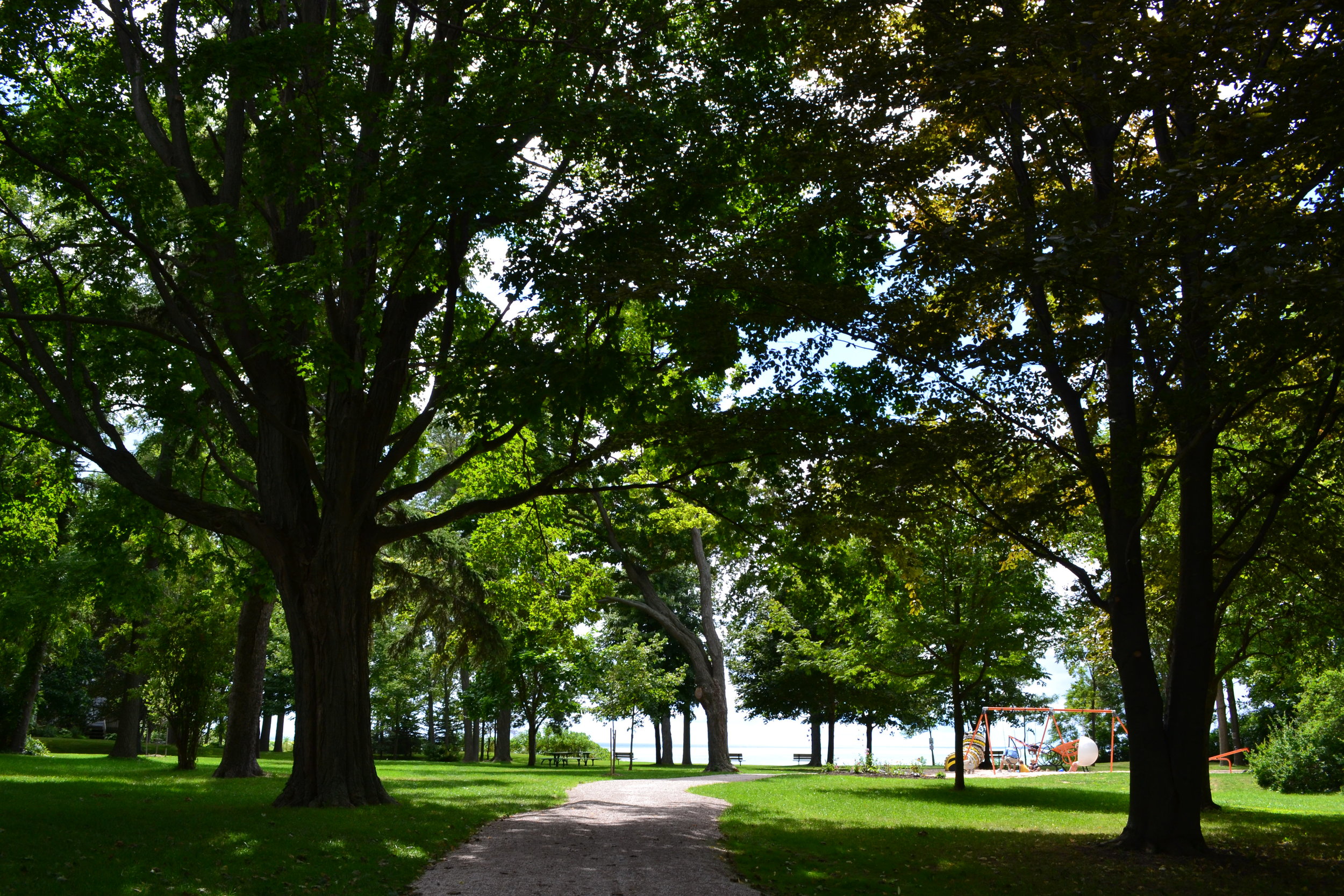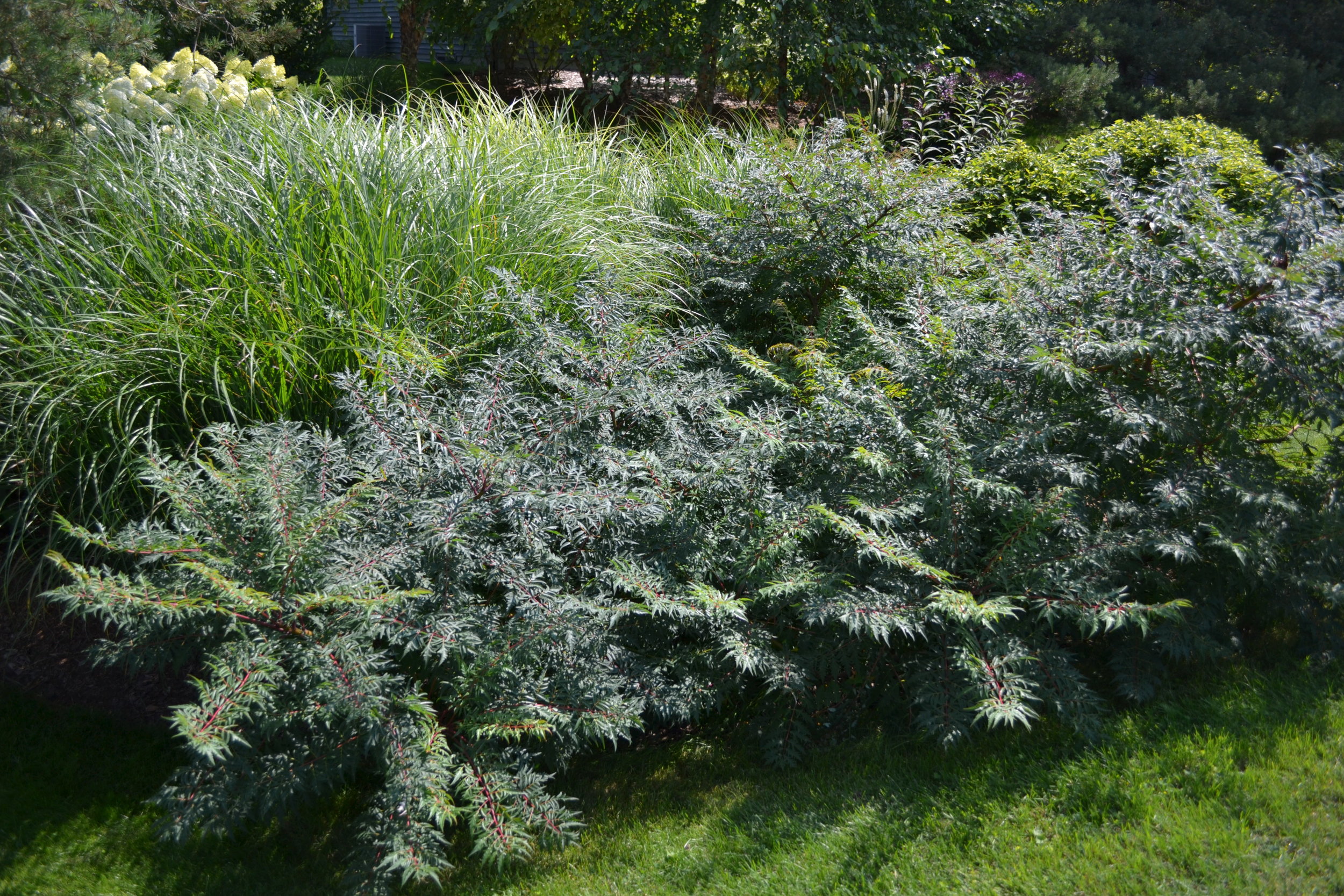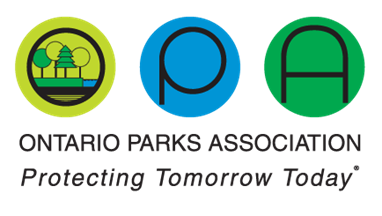Growing Great Places Together
Communities in Bloom is a non-profit Canadian organization committed to fostering civic pride, environmental responsibility and beautification through community participation and the challenge of a friendly competition. National beautification programs have flourished in Europe, including England, France and Ireland, for decades, and were the inspiration for Communities in Bloom. It began in 1995 with 29 Canadian communities and has grown to involve over 800 communities.
Communities in Bloom promotes involvement and action by citizens of all ages, the municipal government, local organizations and businesses. The program strives to improve the tidiness, appearance and visual appeal of Canada's neighbourhoods, parks, open spaces and streets through the imaginative use of flowers, plants and trees. A focus on environmental awareness and preservation of heritage and culture is also an integral part of its success resulting in an improved quality of life.
This volunteer-based, non-profit organization is committed to fostering civic pride, environmental responsibility and beautification through community participation and the challenge of national competition. We invite you to explore the program, experience Canadian community pride, and enjoy the benefits of people, plants and pride ... growing together.











